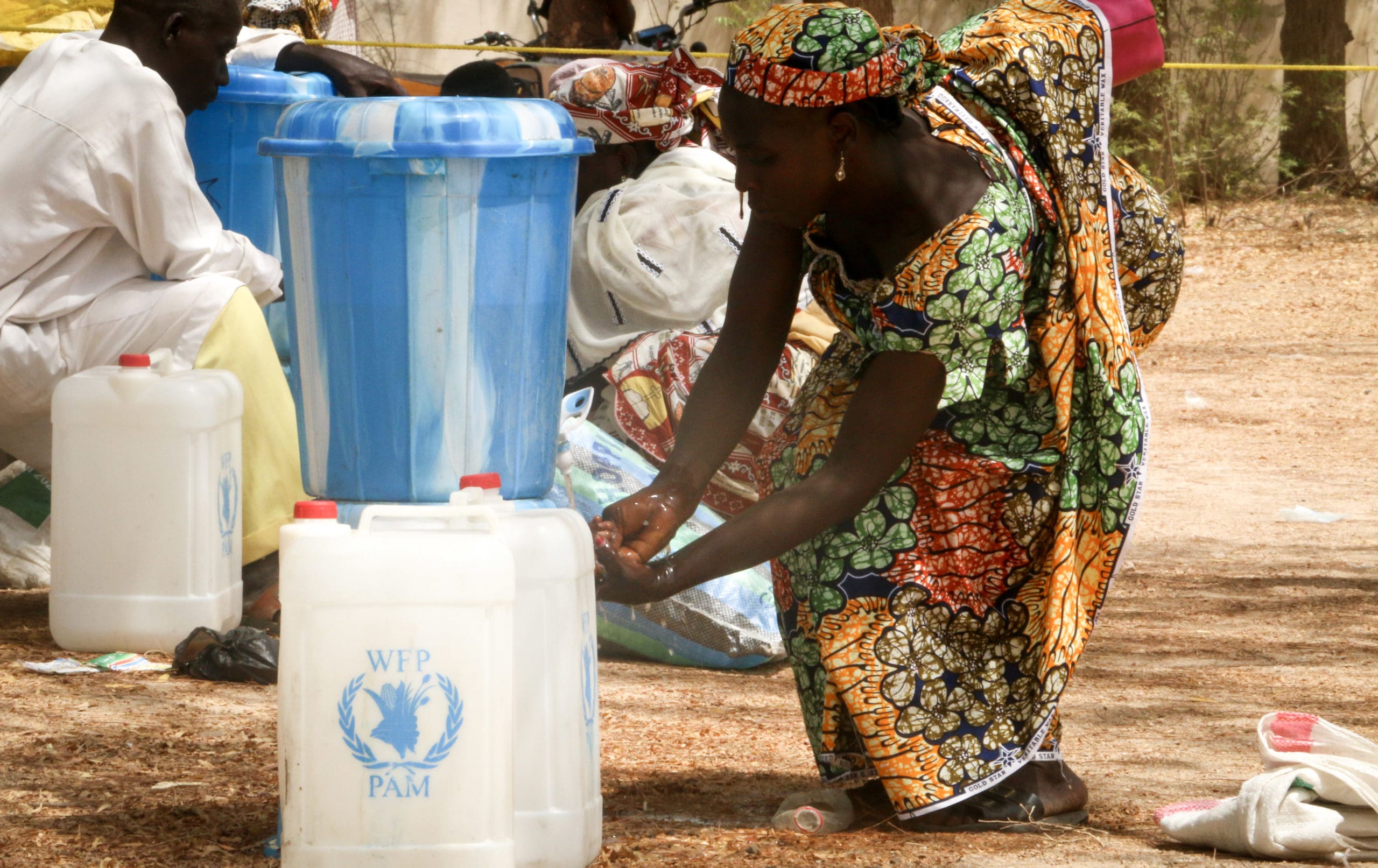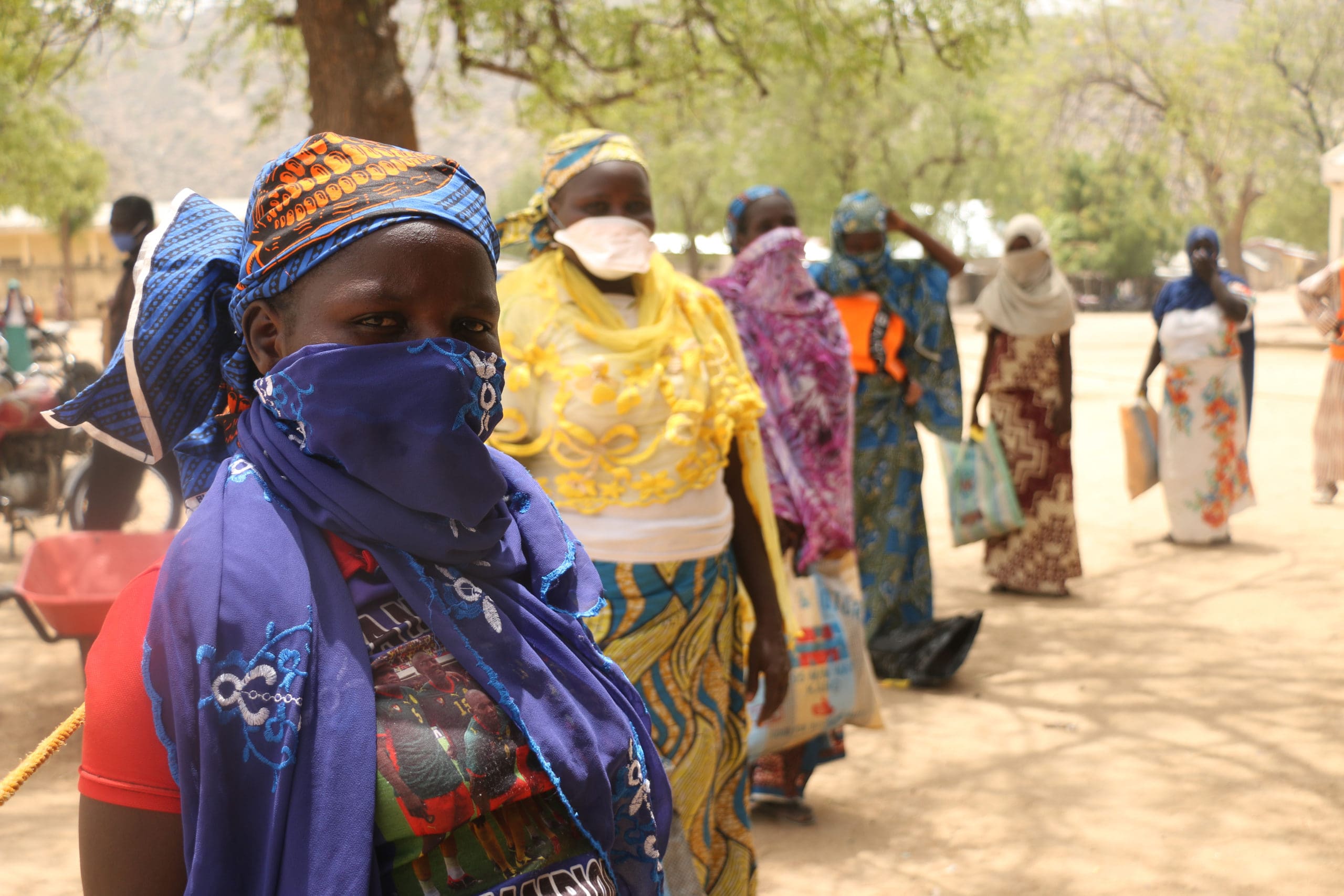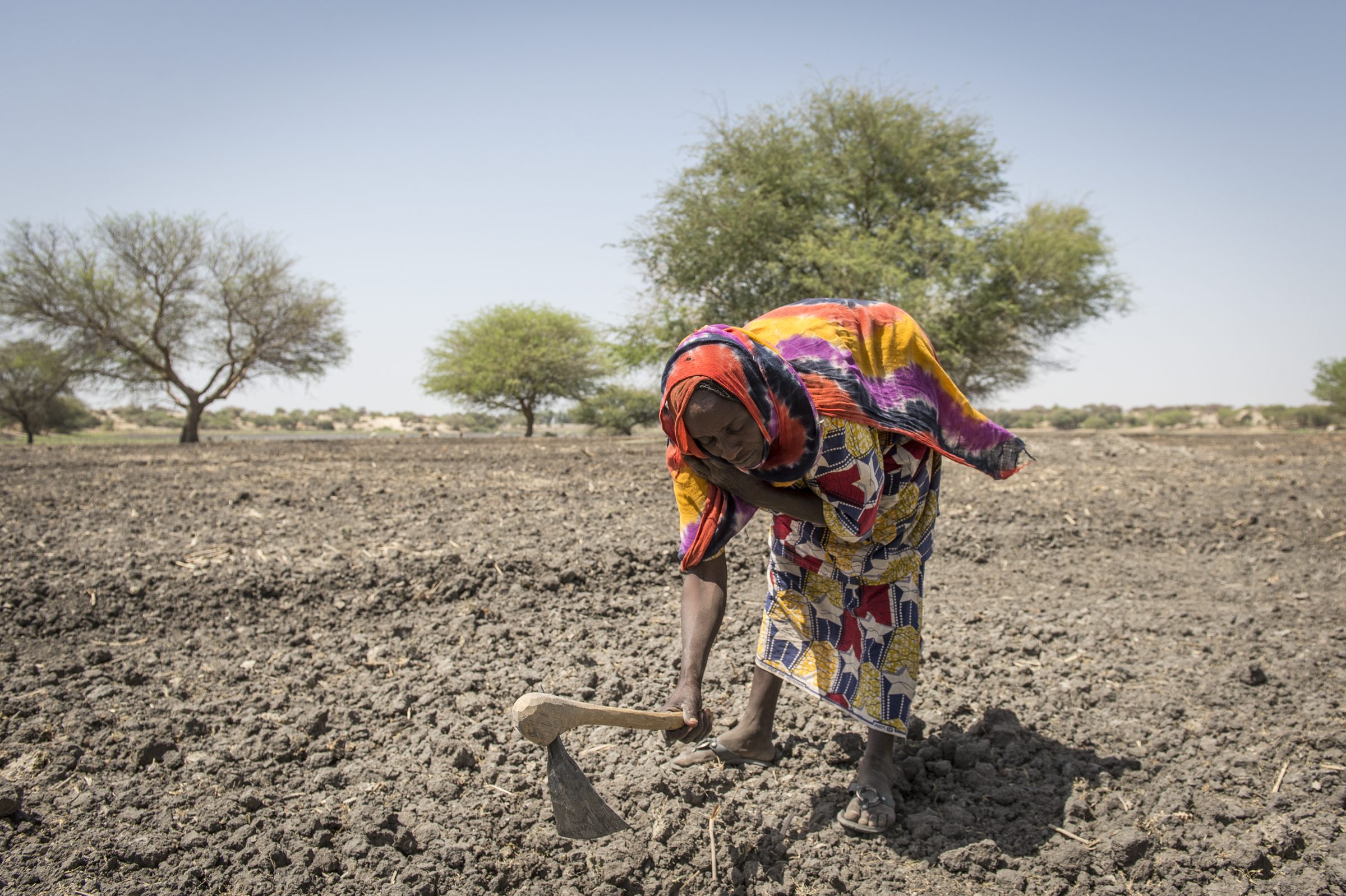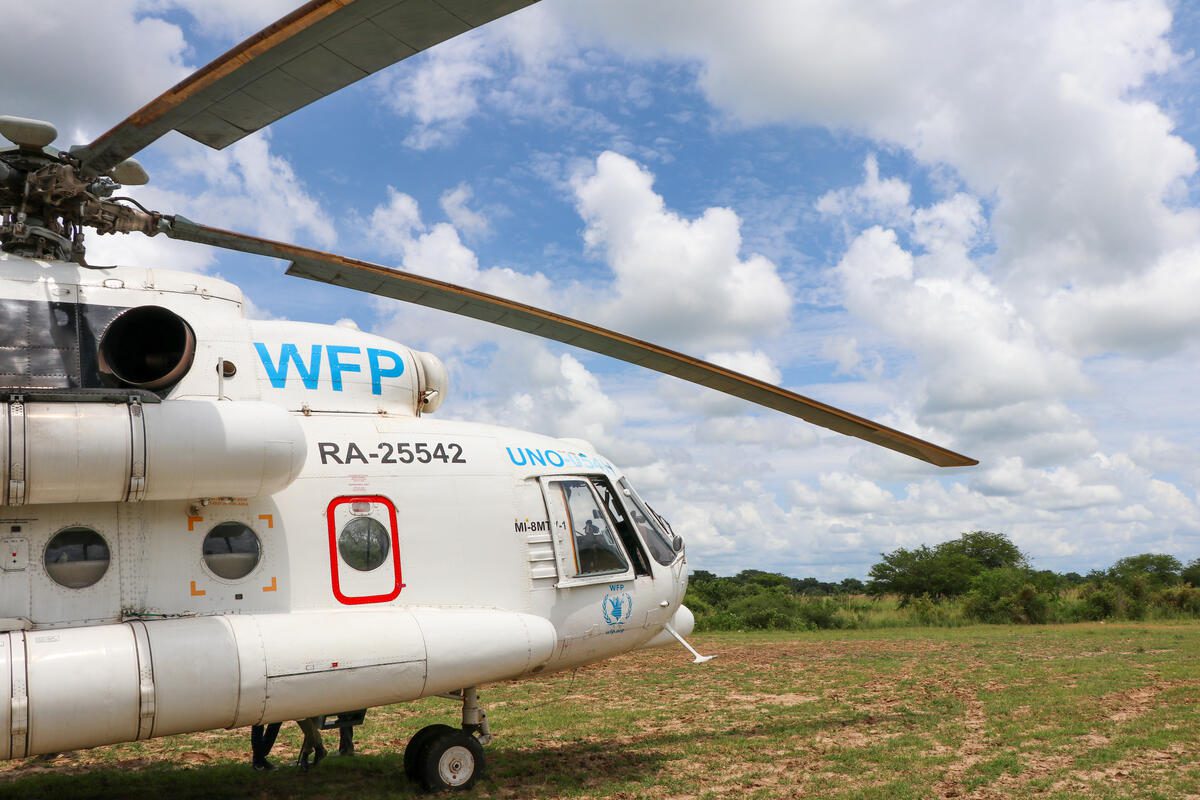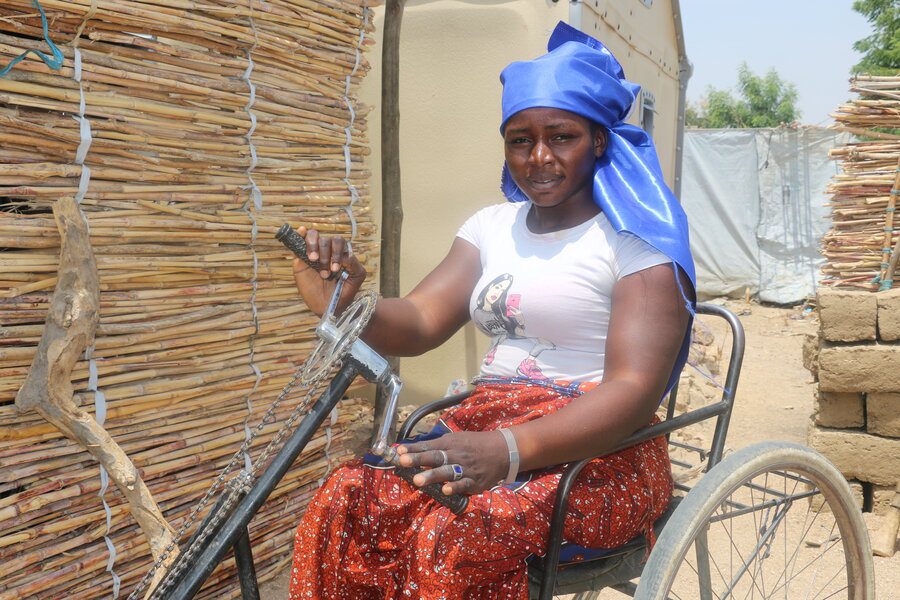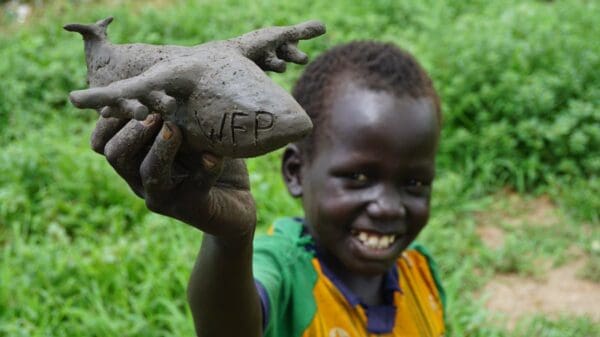Expanding, but still poor
A lower-middle-income country with over 26 million people, Cameroon ranks 153 out of 189 countries in the 2020 Human Development Index. While the country experienced consistent economic growth averaging 4.3 percent per year for a decade up to 2019, poverty levels have remained steady.
Poverty is particularly high in rural parts of the country, where structural underdevelopment and recurring climatic shocks, like floods and prolonged dry spells, limit people’s ability to thrive.
The agricultural sector dominates the economy, employing 62 percent of the labour force and accounting for 15 percent of the Gross Domestic Product (GDP). However, the effects of climate change, traditional agricultural practices, high post-harvest losses and fragmented markets undermine the sector’s ability to significantly contribute towards improved income, especially for smallholder farmers. Poor road infrastructure and land degradation also severely limit people’s access to sufficient nutritious food.
 WFP/Glory Ndaka
WFP/Glory Ndaka WFP/Rein Skullerud
WFP/Rein SkullerudViolence & climate shocks
Cameroon faces three large-scale, complex and protracted crises. Since 2014, the country has been experiencing influxes of refugees fleeing violent conflict in north-east Nigeria. Jihadist incursions and frequent attacks in Cameroon’s Far North region are also causing internal displacements and disrupting local agricultural production and livelihoods. And political instability and armed conflict in the Central African Republic (CAR) has been forcing CAR refugees into the East, Adamawa and North regions. Since 2017, the North West and South West regions have been affected by conflict between state security forces and non-state armed groups seeking autonomy for the two English speaking regions.
On top of this, climate shocks coupled with insecurity and displacement have made people hungrier. The crises are putting pressure on the country’s natural resources and social services and worsening vulnerabilities.


